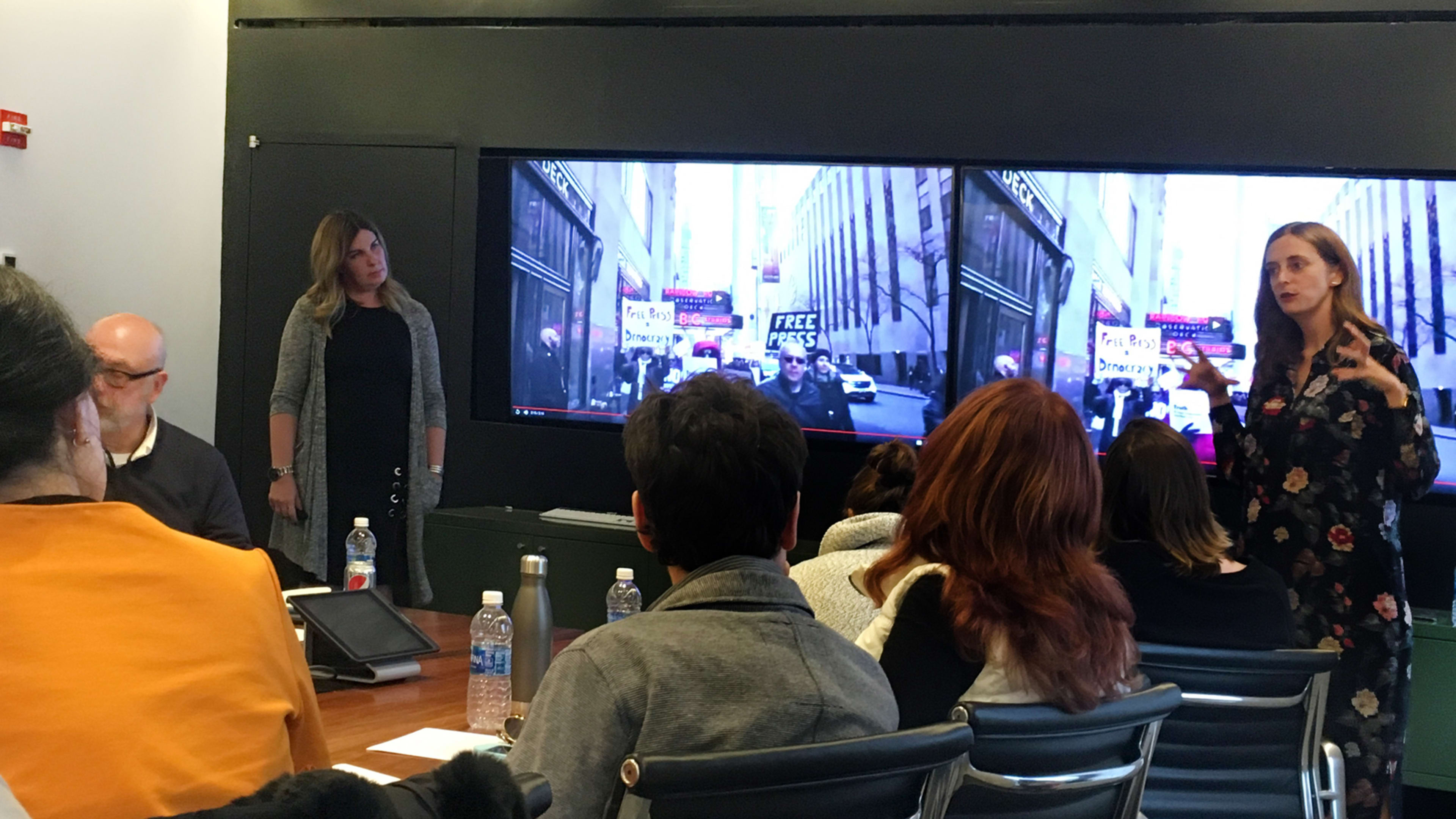In today’s advertising campaigns, the creative is built from science as much as it is inspired by art–and anyone who tells you differently probably also thinks they can manufacture a viral video on demand.
For advertising powerhouse Droga5, gathering and monitoring the pulse of culture has become an integral part of the creative process. “We’ve moved to a place where we go really deep into finding the right channel and moment, and we do it up front,” said head of communication strategy Colleen Leddy, speaking as part of The Fast Company Innovation Festival in New York this week. “It’s not on the back end once you get to a great creative idea, but it’s informed up front by what the task is, and what the audience behavior is, from the channel perspective.”
Two of the most important factors are the channel–where the ad or brand interaction will take place–and the moment when you’ll see the ad or brand interaction. This may sound a bit obvious, like deciding to sell umbrellas outside the subway just as it’s about to rain. But as the types of media formats have ballooned far beyond billboards, magazine pages, and TV, brands need to think harder about how they’ll break through all the clutter to get our attention. And that requires getting creative about the context in which the ad will appear.
With social media, for example, the agency has created a metric it calls the “social emotion score,” which outlines 17 emotions people experience, each of which can be correlated to business performance. “So if I look at anything that’s going on online, I can find what types of things triggers these emotions–cultural moments, calendar moments, and things like that,” says Droga5 chief intelligence officer Amy Avery. “Part of the tool is to identify how and when a brand should enter into that conversation, and we use data to make all of those decisions.”
This attention to timing played a key role in the initial success of Droga5’s hit campaign for the New York Times, when it launched during this year’s Oscars in February. The goal was to increase subscriptions by convincing millennials–who have come of age thinking all news is free–that quality journalism is worth paying for. The agency focused on two significant moments: one personal, one cultural.
The personal moment was figuring out when people were most open to a message about paying for quality journalism, which happened to be around when they hit the 10-free-article limit on the Times’s site. That just so happens to fall, on average, in about the third week of every month. The cultural moment was the Oscars, with the impact of President Donald Trump’s inauguration still buzzing, many actors and film stars had been talking about the importance of good journalism. And the awards show just happened to fall in the third week of the month.
“It could be a big cultural moment, or it could be a key moment to change behavior,” says Leddy. “We think about it in a very broad way, but use data to understand what those moments are, and have that help inform how we get to the creative idea.”
Recognize your brand’s excellence by applying to this year’s Brands That Matter Awards before the early-rate deadline, May 3.
